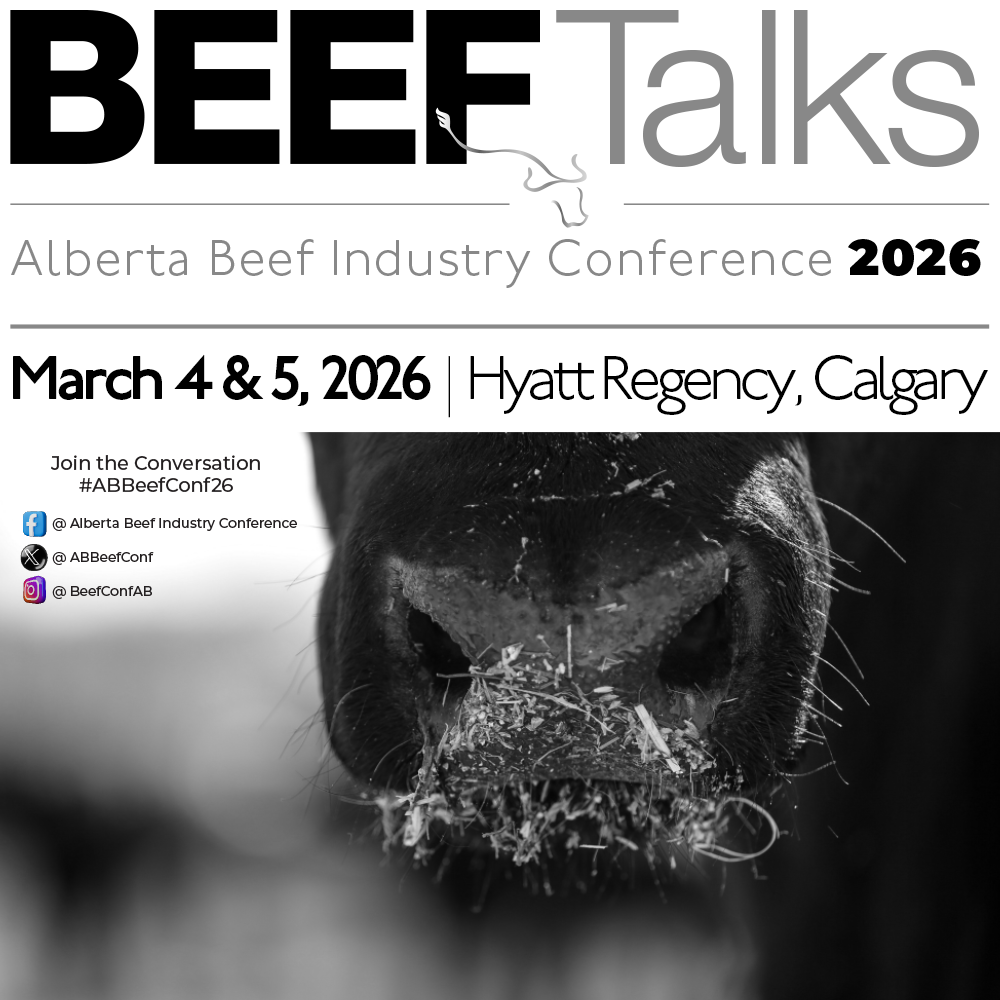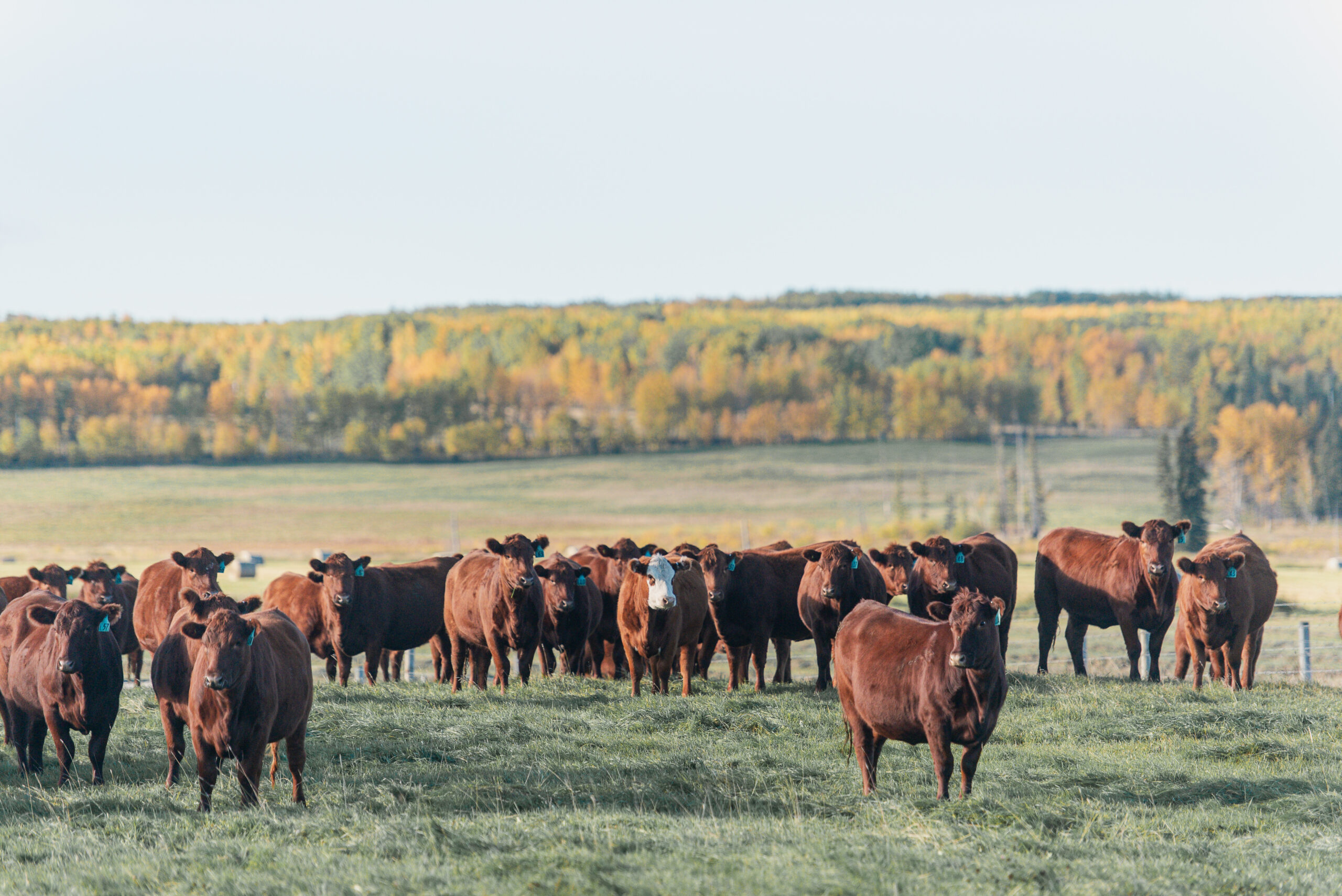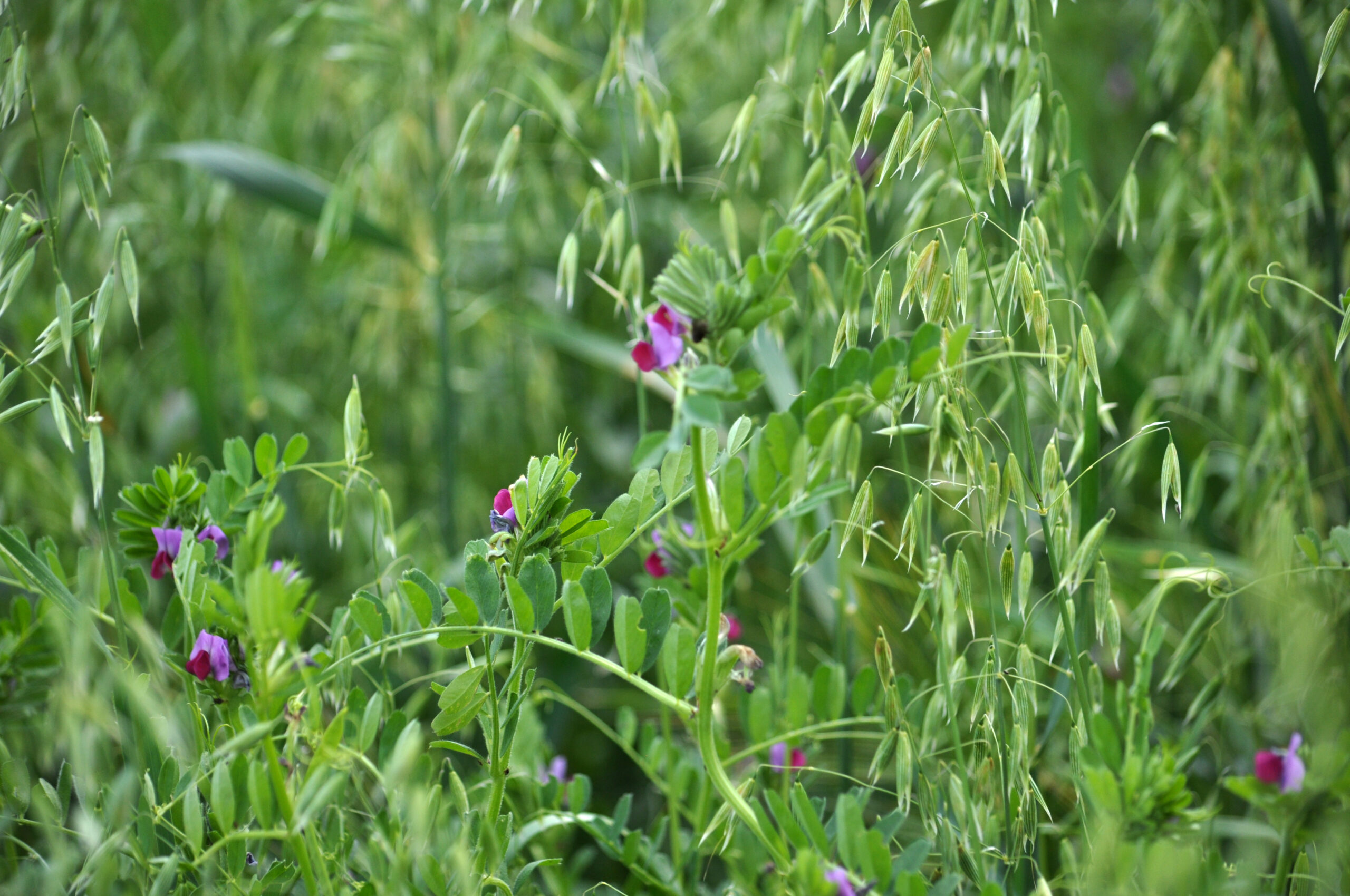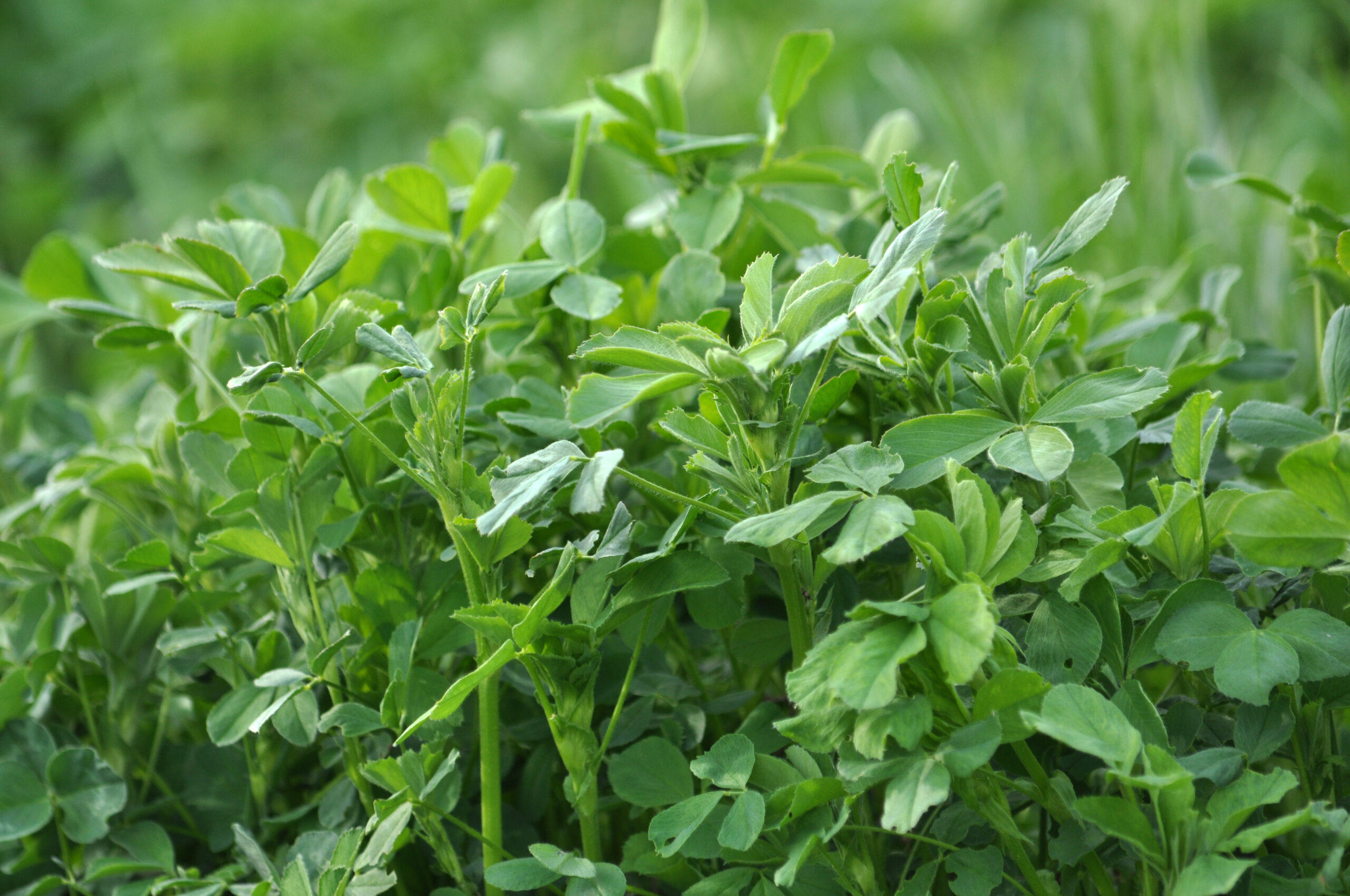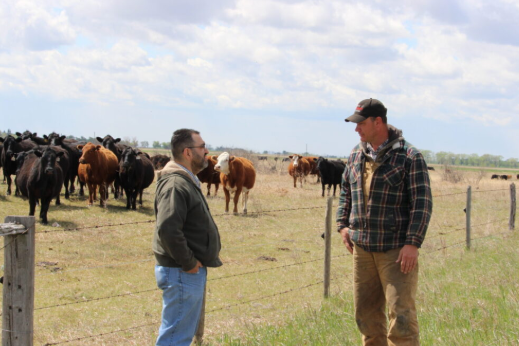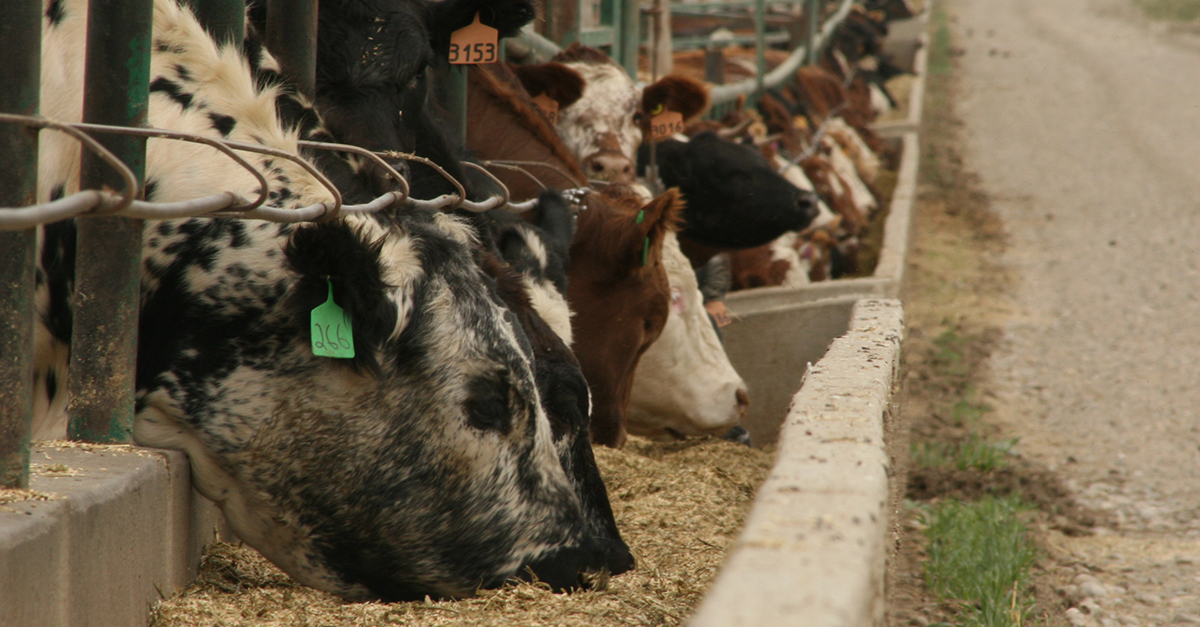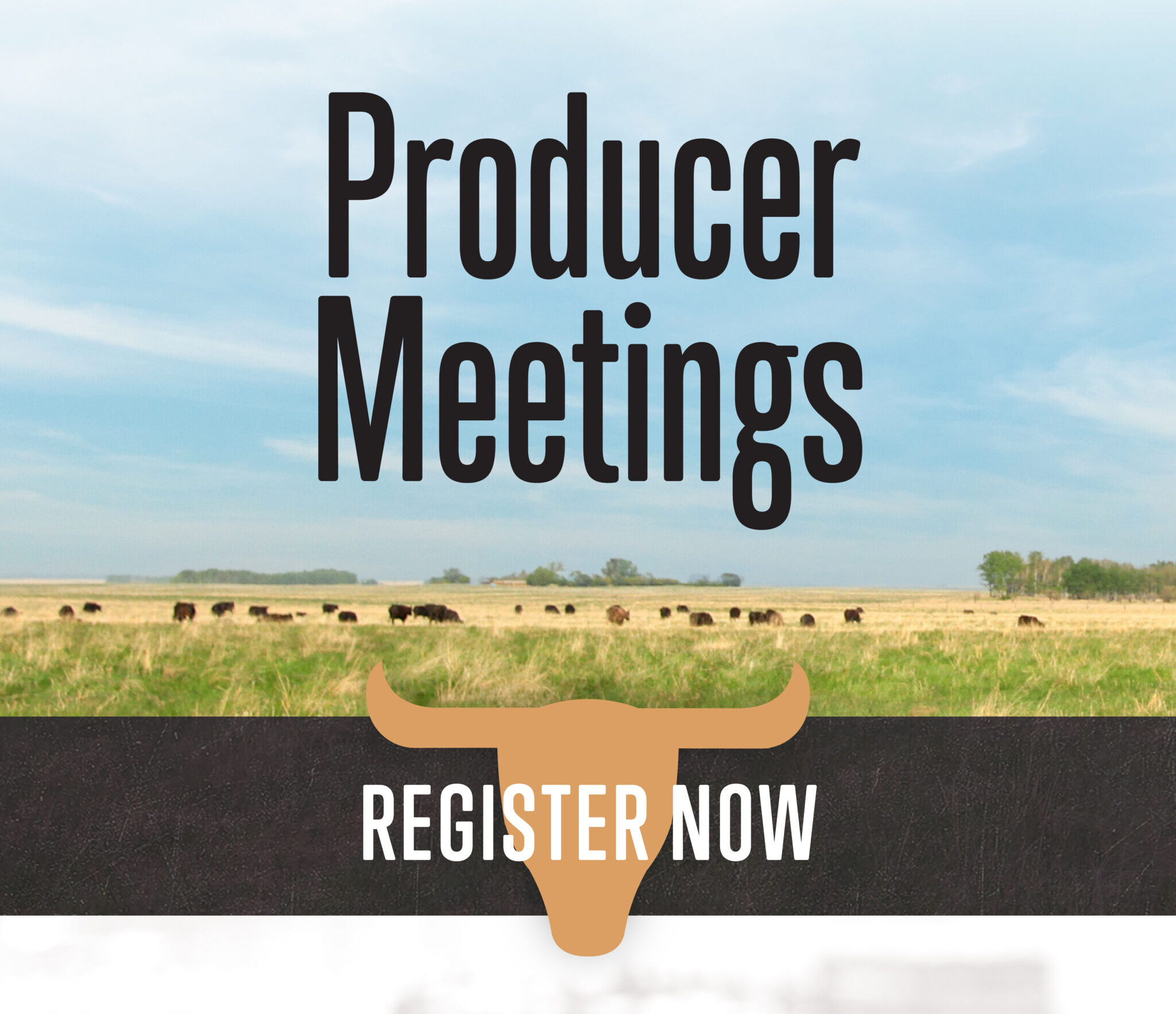AB Direct - Steers
Rail: 492.00-493.50 FOB feedlot (last week)
AB Direct - Heifers
Rail: 492.00-493.50 FOB feedlot (last week)
US Trade- Steers
Rail: 355.00-363.00 (IA, NE) last week
US Trade - Heifers
Rail: 355.00-363.00 (IA, NE) last week
Canadian Dollar
0.19
Latest News
-
December 23, 2025 Checking in with ABP
Stock Talks connect producers, municipal officials
-
December 23, 2025 Checking in with ABP
Canada Beef Year-End Update
-
December 22, 2025 Current Markets & Forecasts
Canfax Weekly Article | Report for the week of December 22, 2025
Now is the Time: Actively preventing foot and mouth disease
As Canadian beef producers, we take pride in our disease-free status and the global reputation of our livestock industry. Canada has been free of foot and mouth disease (FMD) since 1952, an achievement that has allowed us to maintain valuable export markets and consumer confidence. But this success shouldn’t breed complacency—it should motivate us to…
Beef Cattle Research Council names new executive
The Beef Cattle Research Council (BCRC) has announced its 2025-2026 executive committee following its December meeting in Calgary. The Council is made up of beef producers from across Canada, representing each provincial organization that allocates a portion of the Canadian Beef Cattle Check-Off to research. Nova Scotia producer Dean Manning has been named BCRC Chair….
Travel safe: Stop foot and mouth disease at the gate
As summer approaches, many Canadians begin planning vacations and welcoming visitors to their farms. With increased travel and farm traffic, everyone —both those working on and visiting farms— are part of keeping Canada free of foreign animal disease such as Foot and Mouth Disease (FMD). For beef cattle producers, travelling safe involves knowing key information before returning to…
Selecting replacement heifers: Boosting longevity and return on investment
Whether beef cattle producers retain females from within their own herd or purchase them, replacement heifers come at a cost and are an investment into the future herd. Selecting the right animals and proper management is necessary to meet on-farm goals and improve the longevity of heifers as future breeding cows. A recent analysis of 63 farms…
Make your herd records work for you
In beef production, genetics play a critical role in both management and profitability. Regardless of the size of your operation or whether you are a commercial or purebred breeder, keeping records is an important part of managing your herd genetics. “Without accurate records you have no way of knowing whether or not your herd is…
Polycrops: Challenges, triumphs, and valuable lessons from beef producers
This article was originally posted on the Beef Cattle Research Council’s website. Polycrop forage blends have become a popular tool among beef producers to increase soil health, manage grazing, improve cow performance and enhance resilience to changing weather conditions. However, as with any farming practice, the results can vary based on location, weather and management…
Tips for managing colostrum to ensure healthy newborn calves
This article was originally posted on the Beef Cattle Research Council’s website. Calves born unassisted and uncompromised will typically stand and nurse from their mothers within one to two hours after birth. However, calves that experience a difficult or prolonged birth, have a swollen tongue, experience hypothermia or are a twin may be less vigorous…
Growing forage crops — what does it cost?
This article was originally posted on the Beef Cattle Research Council’s website on January 30, 2025. Do you know the cost of producing the forage you feed? For beef cattle producers, optimizing forage crop production is essential for financial sustainability. However, estimating the costs associated with forage production can be challenging. The new BCRC Forage…
Bale feeding options: pros and cons of common strategies
This article was originally posted on the Beef Cattle Research Council’s website on November 1, 2021. Bale feeding is common across Canada for all classes of cattle especially during winter months. There are many different management strategies to deliver bales as feed. To help you determine the best option for you and your cattle, see…
Annual Report | Beef Cattle Research Council
The Beef Cattle Research Council (BCRC) is Canada’s industry-led funding agency for beef, cattle and forage research and extension. The BCRC is directed by a committee of 16 beef producers from across the country including six producers from Alberta. It is funded primarily through the research allocation of the Canadian Beef Cattle Check-Off. In 2023/24,…
Celebrating 10 years of the BCRC Beef Researcher Mentorship Program
This year the Beef Cattle Research Council (BCRC) celebrates a decade of its Beef Researcher Mentorship Program, which has connected more than 40 mentees with countless beef producer and industry mentors to bridge the gap between science and industry. Launched in 2014, the program was inspired by the need for stronger connections between researchers and industry….
Hidden hazards – the challenge with mycotoxins in beef cattle feed
This article was originally posted on the Beef Cattle Research Council’s website on October 9, 2024. Often hidden hazards in beef cattle diets, mycotoxins can create a variety of problems including impaired immune response which can lead to secondary infections, compromised growth rates, reduced reproductive performance, lameness and gangrene. Illnesses caused by mycotoxins can be difficult to…

